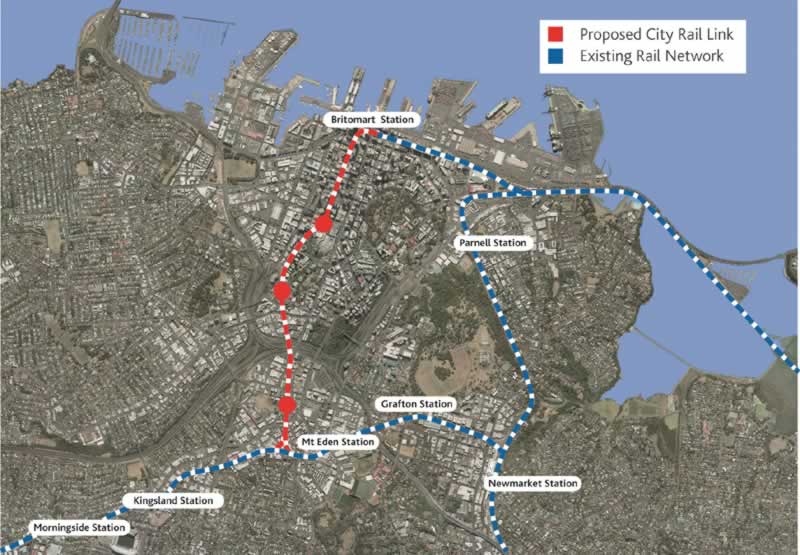Stephen Selwood, commenting in a recent Herald opinion piece, had this to say on the Gisborne rail closure:
Although repairs are estimated to cost what seems a small amount ($4 million) in relation to the parent company’s $700 million annual turnover, the corridor generated only about $1 million in revenue the year before services stopped in March 2012.
Even if this rises to an expected $2.5 million a year by 2022, KiwiRail estimates the line will still lose between $4 million and $8 million each year.
The rest of the article is worth a read, but the gist of it is that it isn’t going to be commercially viable to reopen the line based on Kiwirail’s freight forecast.
In response, this highlights the contradiction where the Gisborne rail line must recover all costs and return a profit, while road freight on State Highway 2 is subsidised by all road users around New Zealand on a “tax and spend” basis.
Mr Selwood points out that overcoming a $4m – $8m deficit each year on a rail service that attracts only $1-3m in revenue seems unlikely.
However, NZTA expenditure on the Napier- Gisborne highway over the past nine years is recorded as $102 million. In the past four years, the spend has been just under $60 million, or $14.8 million per year. NZTA is not required to return a profit on this expenditure, nor does it charge the users of SH2 for wear and tear of the road.
The BERL report points out that the number of logging trucks on SH2 can be expected to increase by 33% by 2020 as forests in the area mature. Without a rail option, every road user in New Zealand will subsidise logging trucks and freight on SH2 for the foreseeable future.
As long as this cross- subsidy exists, KiwiRail will always have an uphill battle competing against road freight.
Interestingly, back in 2005 the MOT did a case study on the Gisborne rail line as part of their Surface Transportation and Transport Costs– but the results are pretty hard to interpret, and based on predicted road maintenance costs of $7.6m to handle a forecast load of 225,000 additional tonnes of specialised log or processed wood being transported. Annual maintenance costs are twice that now. The study predicted:
- 43 additional trucks a day
- a marginal accident cost associated with additional truck movement of 29.2 cents/truck kilometre
- in the longer term (years 6-25), while marginal costs of additional road freight fall slightly to 12.6¢/tkm, the marginal cost of additional rail freight is substantially lower at 7.4¢/tkm
It would be useful if there was a repeat of this study using current fuel prices and costs.

